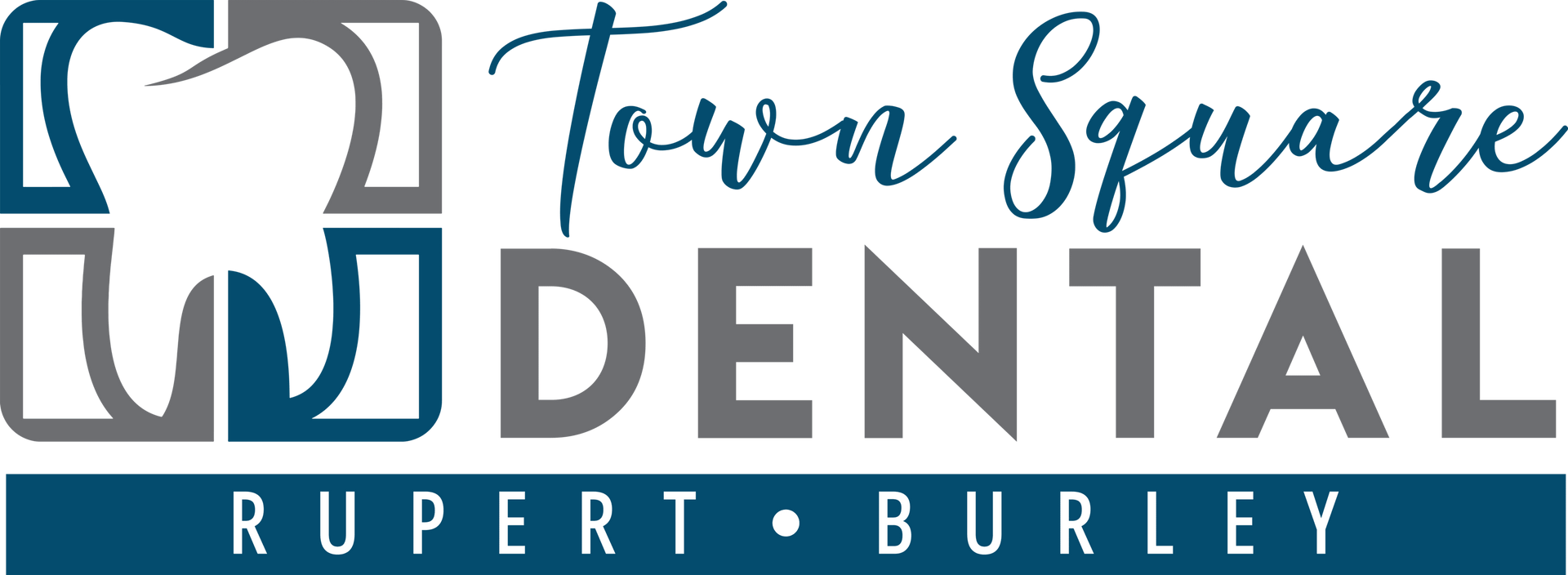Gum Disease Treatment In Rupert and Burley
Gum disease, or periodontal disease, is the result of an infection and inflammation of the gums and bone that surround and support your teeth. In its early stage, gingivitis, the gums can become swollen and red, and they may bleed due to irritation. In its more later stage, periodontitis, the gums begin to pull away from your teeth which causes your teeth to loosen or even fall out and may cause bone loss in your jaw. While periodontal disease is mostly seen in adults, children have been known to get it. Either way, it starts with a lack of proper oral care.
Periodontal disease and tooth decay are the two biggest threats to oral health. A recent report from the Dental Association, related to periodontitis, says that 47.2% of adults aged 30 years and older have some form of periodontal disease and that it increase with age. 70.1% of adults, 65 years and older have periodontal disease and this condition is more common in men than women (56.4% vs 38.4).
Causes of Gum Disease
Bacteria in our mouths start to infect tissue surrounding our teeth, which causes inflammation and leads to periodontal disease. When bacteria stays on our teeth long enough, it forms a film called plaque, which eventually hardens to tartar, also called calculus. Tartar build-up can spread below the gum line, which makes our teeth harder to clean. Then, only a dental health professional can remove the tartar and stop the periodontal disease from progressing any further.
Warning Signs
- Bad breath or bad taste that won’t go away
- Red or swollen gums
- Tender or bleeding gums
- Painful chewing
- Loose teeth
- Sensitive teeth
- Gums that have pulled away from your teeth
- Any change in the way your teeth fit together when you bite
- Any change in the fit of partial dentures
Risk Factors
- Smoking
- Diabetes
- Poor oral hygiene
- Heredity
- Crooked teeth
- Underlying immuno-deficiencies—e.g., AIDS
- Fillings that have become defective
- Taking medications that cause dry mouth
- Dental bridges that no longer fit properly
- Hormonal changes
Gum Recession
Receding gums occur when the margin of gum tissue that surrounds your teeth wears off or pulls back, a process that exposes more of a tooth or its root. Pockets or gaps then form between your teeth and gum line, giving easy access for disease-causing bacteria to build up. Untreated, the supporting tissue and bone structures of your teeth can be severely affected, eventually leading to tooth loss. Gum recession is an everyday dental concern seen in most patients, though many do not realize when they have it because the process transpires gradually. Tooth sensitivity is usually the first sign of gum recession, or a patient might notice a tooth that appears lengthier than normal. To confirm the presence of gum recession, a notch can often be felt close to the gum line. Receding gums can directly lead to further worries, so be sure that you contact our office if you believe there is a sign of it. Gums can recede for a number of reasons:
- Periodontal Diseases | The primary cause of gum recession, periodontal diseases are bacterial gum infections that infect gum tissue and the supporting bone that secures your teeth in place.
- Dental Care | Ineffective brushing, flossing, and rinsing with antibacterial mouthwash simply invites plaque to develop into calculus (tartar), a hard substance that grows on and between our teeth. Only a professional dental cleaning can eliminate it.
- Aggressive Brushing | Brushing strenuously can cause the enamel on your teeth to wear away, receding your gums.
Not only can gum recession make your smile appear imbalanced, but it can pose a serious oral health risk. When tooth roots become exposed, they are more prone to decay and do not receive the proper support from your gum tissue. Eventually, this can lead to more severe conditions, such as tooth loss. As a practice that prioritizes biological dentistry, we are proud to offer our patients conservative solutions that minimize trauma to their gum tissue and provides a more comfortable dental experience.
Prior to beginning treatment, we administer a local anesthetic to the treatment area. Typically, treatment time for each tooth is about one hour. After the procedure you may experience some swelling and minor discomfort, most patients require little to no downtime. However, for a few days following, you should avoid spicy and abrasive foods that could irritate the treatment area.
Prevention and Treatment
Gum disease can be controlled and treated with a proper oral hygiene regimen and regular professional cleanings by our office. More severe forms of gum disease can also be treated successfully, however, they may require a more extensive treatment plan. Such treatment might include deep cleaning of the tooth root surfaces below your gums, medications, and sometimes corrective surgery. To help prevent or control gum diseases, it is important to brush and floss twice a day to remove any bacteria that causes gum disease and to book an appointment with our office twice per year for checkups, or more frequently if you have any of the warning signs or risk factors mentioned above.
